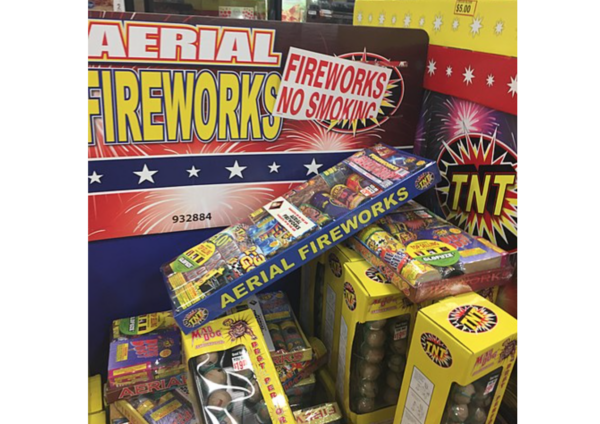Solar and wind power generated more electricity in the United States than coal for the first five months of 2023, setting a record for the renewable energy sources, according to the U.S. Energy Information Administration.
Wind and solar energy outproduced coal in January, February and March, CBS News reported, while preliminary figures show the same trend for April and May.
Wind and solar generated a combined 252 terawatt-hours from January through May, compared with coal’s 249 TWh output. Clean energy sources previously have outpaced coal in 2020 and 2022, but only when hydropower is included. This is the first time solar and wind reached the benchmark on their own.
When factoring hydroelectric into the mix, renewables have outperformed coal for the last six months. EIA Administrator Joe DeCarolis expected this trend to continue into the summer and beyond.
“We expect that the United States will generate less electricity from coal this year than in any year this century,” DeCarolis said in a forecast in May.
A focus on carbon-neutral energy sources, combined with the reduced cost of natural gas and the closing of many coal plants has pushed it out of favor.
Coal had a brief resurgence last year when Russia’s invasion of Ukraine caused natural gas prices to rise sharply.
Coal’s decline, however, “is happening faster than anyone anticipated,” Andy Blumenfeld, an industry analyst for McCloskey by OPIS, told E&E News. Just 15 years ago it accounted for nearly half of the electricity generated in the US. By 2021, that figure dropped to about 22%, according to EIA data. Last year, coal generated just 20% of domestic electricity, compared to 14% from wind and solar.
Natural gas is still the largest source of power in the country, accounting for about 39% of electricity in 2022.
“From a production-cost perspective, renewables are the cheapest thing to use — wind and solar. So, we’re going to see more and more of these records,” Ram Rajagopal, a professor of civil and environmental engineering at Stanford University, told CBS News.
The shift to renewable energy has gained significant momentum in recent years. In the United Kingdom, renewables overtook fossil fuels as the main source of electricity for the first time in 2020, according to data from Electric Insights. This milestone marked a significant step towards the UK’s goal of net-zero greenhouse gas emissions by 2050.
The growth of renewable energy has been aided by government policies and the declining costs of technologies such as wind and solar. In the US, the Inflation Reduction Act has dedicated billions of dollars to the expansion of clean energy. This investment aims to boost the renewable energy industry even further and reduce reliance on fossil fuels.
However, the transition to clean energy is not without its challenges. Building new renewable energy plants is only one part of the equation. Connecting these projects to the grid has proven to be a bottleneck, with many projects waiting years for commercial operations to begin. According to a report from the Lawrence Berkeley National Laboratory, on average, it takes five years for a project to go from requesting a connection to the grid to becoming operational.
The report also highlighted the high number of projects in interconnection queues in the United States, with more than 10,000 projects representing 1,350 gigawatts of generating capacity awaiting hookup. The majority of these projects are zero-carbon, signaling a strong commitment to cleaner energy sources.
“There are many hundreds of gigawatts of projects in interconnection queues in the United States,” Rajagopal said.
As the push for renewable energy continues, experts believe that the momentum will only build. The declining cost of renewables, coupled with growing concerns about climate change, make clean energy an attractive option for both economic and environmental reasons.
The transition away from coal is a significant step toward reducing carbon emissions and combating climate change. Coal, as the most-polluting energy source, is responsible for more than half of carbon emissions from electricity production, despite its diminishing presence on the grid.
With solar and wind proving to be cost-effective alternatives, it is likely that their share of electricity generation will continue to rise and further reduce the fossil-fuel sector’s national market share.







